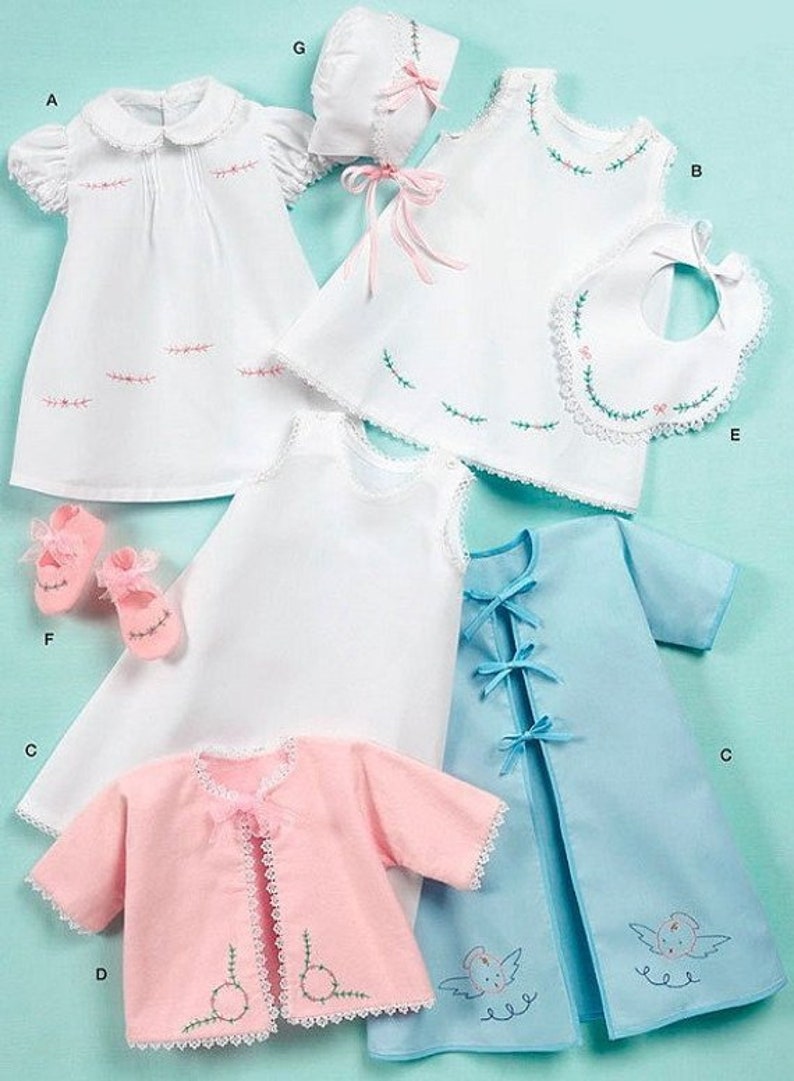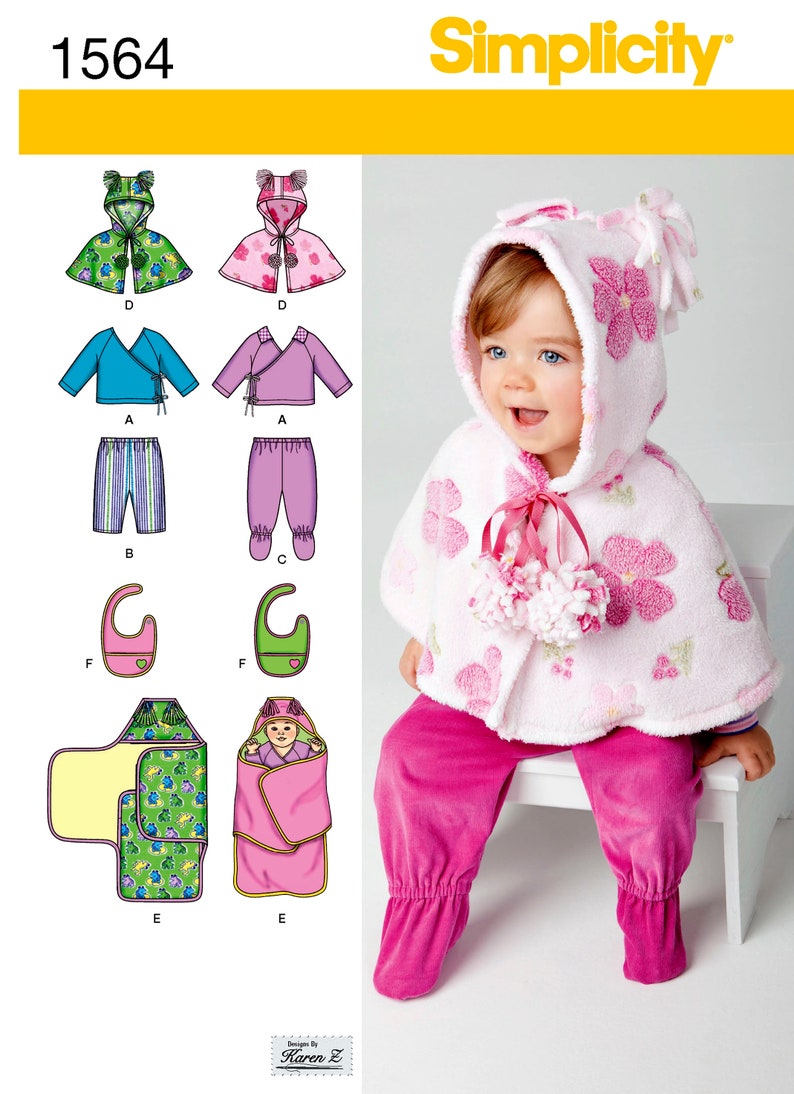Hello friends! Welcome to a very sweet historical Fashion Friday. Today I will be sharing Victorian Infant Undergarments Pioneer Baby Clothes.

Victorian Infant Undergarments Pioneer Baby Clothes
As many of you know I have been working on a book of historical fashions inspired by the Little House books. I am down to the very last book in the series and have been creating some wee clothing representing what Rose Wilder Lane would have worn. With any historical fashion, you must begin with the correct undergarments. So I have been researching what infants in the 1880s would have worn.
A non-mobile infant would have worn a long gown to help keep the legs and feet warm.
Delineator Magazine 1885

You may be surprised to learn that for centuries both boys and girls were dressed in the same style of clothing. There were quite a few reasons it made sense to do this.

A Few Reasons
Ease of diapering. Infants in the 1880s would have worn a cloth diaper/nappy. The diaper would then have been covered by a wool soaker. These were very similar in style to the rubber pants or diaper wraps used in cloth diapering today. Wool is very absorbent. Then perhaps a pilch would have been worn. This is a covering sometimes made from animal skin. From there, various layers of chemises/undershirts, petticoats, and more would have been worn. The long gowns/sacques/dresses offered easier access for numerous diaper changes.
Large families. During this time period, it was quite common for children to arrive in rapid succession. Children generally outgrow their clothing long before it is worn out from use. So the same garments would have been used over and over for both girls and boys. The practice of dressing for different genders (pink for a girl, blue for a boy) is actually very modern.
Clothing expense. Fabric was very expensive. Families would reuse clothing as much as possible. Garments were mended when needed. By any means necessary.

Time investment. The vast majority of clothing for children was made by mothers. It was quite rare to buy ready-made clothing. Not everyone had a sewing machine. Many women sewed all of their family’s clothing by hand.
Into The Breech
In looking at photos our modern eye might believe that this is a little girl. It is actually President Franklin Delano Roosevelt, aged 2, in 1884.

So we must set aside our current ideas on how infants are dressed when creating historical garments for children.
I adore this painting of a mother and her son titled The Last Days of Childhood by Cecilia Beaux, 1885.

Boys were breeched (put into breeches or pants) generally between the years of 4-8. When this event occurred it was often met with great celebration. Parties were held and portraits were taken.

For many boys, it was indeed the end of childhood. Families with meager financial situations and several mouths to feed often sent their children (both boys and girls) to work at a very young age.
Bibb Mill No. 1, Lewis Hine, 1909.

Cassell’s Household Guide
Researching children’s undergarments in the 1880s led me to Cassell’s Household Guide.
It includes numerous pages on how one should set up their sewing area. In addition, there is invaluable information on which fabrics were preferred for children’s undergarments. What needles and other tools may be required and of course pattern diagrams. The entire book is available online to read for free HERE.

You don’t normally see children in their chemises (or any other undergarments) in a photographic studio setting. So guides and magazines of the time are invaluable.
Layers of clothing were generally always worn whether to protect sensitive skin from the hot sun or for warmth in the cold winter.
Inspiration and Patterns
One site I love to read that features historical children’s clothing is Romantic History. Sarah creates absolutely exquisite clothing for her children. Here is her wee Malachi modeling 1860s undergarments.

There are a few places you can find original Victorian clothing patterns for children. On Etsy, you can find shops such as Repeated Originals, Fig Leaf Patterns, and Patterns of Time. The Sewing Academy by Elizabeth Stewart Clark also has a wonderful line of historical clothing patterns for children. 
Wanting to make do with what I had on hand (a very pioneering thing to do) I opted to use the following patterns.
Simplicity 2900
View B, C, and D were very similar to some of the styles featured in Cassell’s Household Guide.

Drawers or Pantaloons
As a general rule of thumb drawers or pantaloons were worn once the child became mobile via crawling and or walking. Drawers referred to leg coverings for boys and pantaloons were for girls.
Bloomers were so named for Amelia Bloomer. Mrs. Bloomer was an early suffragist and social activist of dress reform for women. Her early uniform consisted of tunics and a style of pants known as Turkish trousers. The pants would become known as…bloomers.

But make no mistake, these were not undergarments.

For the baby drawers/pantaloons, I selected Simplicity 1564 view B.

I repurposed some muslin scraps I had to make the garments.

As always I incorporate antique techniques and touches into each historical garment I make. This undershirt features five mother of pearl buttons over 100 years old. The drawers have flat-felled seams.
The wee petticoat has a smart feature I share in this week’s video.
This Week’s Video
Several more historical details, construction tips, and more can be found in this week’s video.
I’ll see you Sunday!
Laura








As always, Laura, it’s just fascinating. I so admire your research and attention to detail. I learned a lot from this one.
So sweet, Laura. My sister M loves vintage and antique children’s clothing and has similar artistic appreciation as you do in the hand-fashioning of reproductions. Beautiful research and work!
Thank for sharing. It was very interesting and made sense to me. Thank you for your research as well. 😉